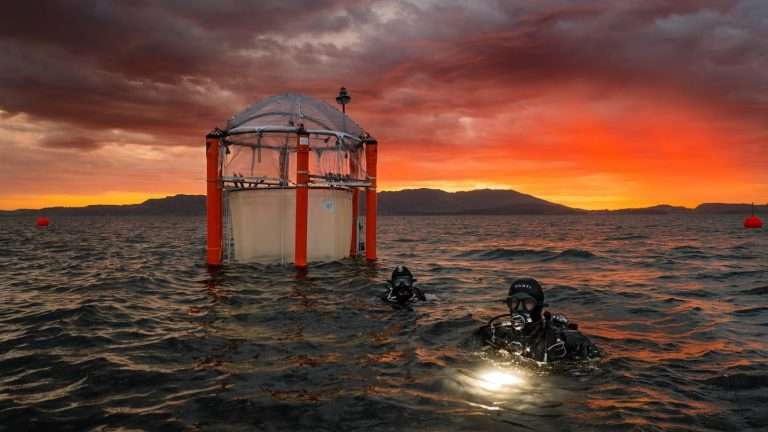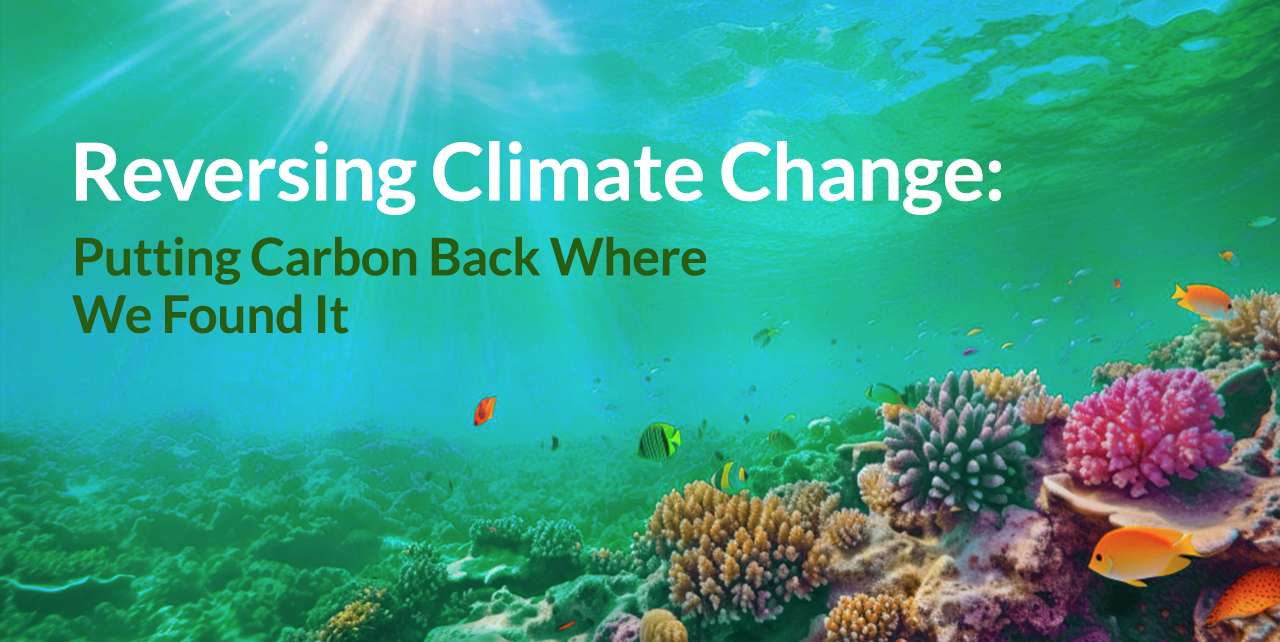Putting Carbon Back Where It Belongs: A Bold Move Towards a Cooler Planet
Over the past few centuries, we have dug, chopped, burned, drilled, pumped, stripped, forged, flared, lit, launched, driven, and flown our way to adding 2.4 trillion metric tons of carbon dioxide to Earth’s atmosphere. That’s as much CO2 as would be emitted annually by 522 billion cars, or 65 cars per person living today.
Yet, some innovators are working on solutions that aim to reverse this unprecedented alteration. They are not just focusing on reducing future emissions but also actively removing carbon dioxide from the atmosphere. In this blog, we explore the bold initiatives and innovative technologies that are bringing us closer to the idea of putting carbon back where it belongs.
Aiming to Right a Historic Wrong
In a remote location outside Reykjavík, Iceland, Edda Aradóttir, CEO of Carbfix, is spearheading a mission to return carbon dioxide deep beneath the Earth’s surface. She’s the CEO of Carbfix, an Icelandic company aiming to capture CO2 and send it deep beneath the Earth’s surface, effectively turning it into stone. The idea is to reverse the consequences of our fossil fuel-driven past by locking away CO2 where it can no longer contribute to global warming. The process involves dissolving captured CO2 in water, which is then sent deep into the Earth, where it reacts with porous basalt rock. Over time, the CO2 turns into stone. This method represents an audacious attempt to take a small but significant step toward addressing the climate crisis.

Carbon removal, the process of capturing and storing carbon dioxide from the atmosphere, is gaining attention worldwide. Innovative projects are emerging, from direct air capture plants in Texas to vast seaweed farms in Australia. These efforts have a common goal: to reduce the concentration of carbon dioxide in the atmosphere, helping fight climate change.
Ambitious Approaches to Carbon Removal
Entrepreneurs and scientists worldwide are experimenting with various methods of carbon dioxide removal:
- Mechanical Trees: In Arizona, a professor is working on mechanical trees that can capture and store CO2 more efficiently than natural trees. These devices could potentially scale up carbon removal efforts.
- Seaweed as a Solution: In Australia, marine ecologists are advocating for large-scale seaweed cultivation. Seaweed can be up to 40 times more efficient than trees at sequestering carbon. However, this approach requires research and funding to become a viable solution.
- Ocean-Based Carbon Removal: Organizations are also exploring carbon removal methods in the oceans, including the use of green sand (olivine) in the outback of Australia, which can absorb CO2 from the atmosphere and sequester it in the ground.
- Sunlight to Synthetic Fuels: Scientists are working on creating hydrocarbon fuels from sunlight and atmospheric carbon dioxide. While the technology is currently expensive, further development may lead to affordable and sustainable fuel production.
THE URGENCY OF CARBON REMOVAL
The critical factor in all these endeavors is the need to reduce the atmospheric concentration of carbon dioxide. It has risen by roughly 50% since the industrial revolution, contributing to rising global temperatures. Carbon removal initiatives aim to bring this concentration back to safer levels. However, these efforts face opposition from critics who argue that they divert attention from the primary task of reducing carbon emissions. Some detractors believe that allowing carbon removal to take the spotlight might encourage continued use of fossil fuels. The debate centers around the concept of “moral hazard,” where people may take more risks if they believe they have a solution to counteract the consequences.
Despite these challenges, carbon removal advocates stress the importance of simultaneously cutting emissions and actively removing CO2 already present in the atmosphere. The science is clear: the road to a sustainable future involves not only reducing carbon emissions but also addressing the historic buildup of carbon dioxide. These innovative technologies and initiatives might just hold the key to restoring the planet’s climate to a safer state. The challenge lies in their scalability and the collective will to make a difference. As we stand on the precipice of a warming world, the concept of putting carbon back where it belongs has become more than an audacious endeavor—it’s a critical necessity. Carbon removal, combined with emission reductions, might offer a silver buckshot approach to mitigating climate change, and we’ll likely need all the tools at our disposal to ensure a sustainable future for generations to come.


